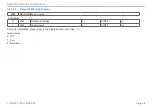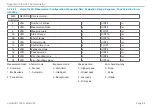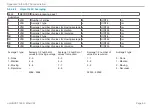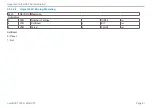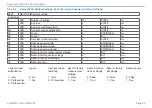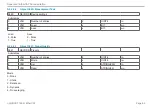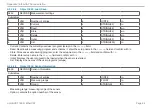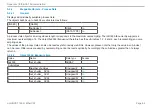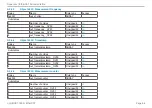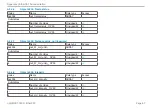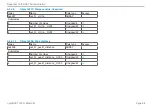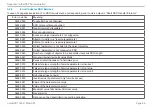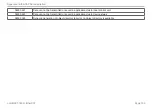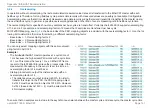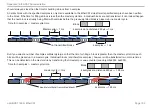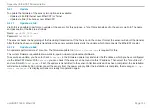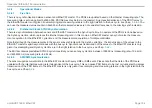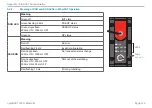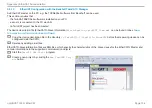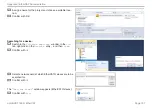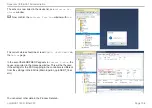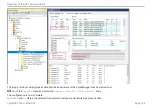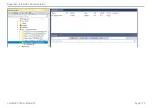
Page 102
Appendix | EtherCAT Documentation
optoNCDT 1900 / EtherCAT
should always be less than the time for building a block from n samples.
An entire block with the specified samples is only made available to the EtherCAT side after all specified samples have been written
to the block. If the time for filling a block is less than the master cycle time, individual blocks are not transferred. It can indeed happen
that the next block is already being filled with samples before the previously filled block is picked up in a master cycle.
Block
4 samples at a distance 250 µs = 1 ms
Master cycle > 1 ms
not transmitted blocks
Time for n samples < master cycle time
4 samples = 1 ms
But if you select a number of samples sufficiently large so that the time for filling a block is greater than the master cycle time, each
block will be picked up in a master cycle. Individual blocks (and therefore samples), however, will be transferred two or more times.
This can be detected on the master side by transferring the timestamp or value counter (see object 0x6002, 0x6003).
Block
5 samples at a distance 250 µs = 1.25 ms
master cycle < 1 ms
Time for n samples > master cycle time
5 samples = 1.25 ms
double (multiple) transmitted blocks
Summary of Contents for ILD1900-10
Page 8: ...optoNCDT 1900 EtherCAT ...
Page 110: ...Page 110 Appendix EtherCAT Documentation optoNCDT 1900 EtherCAT ...
Page 111: ......

